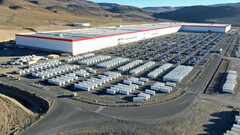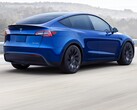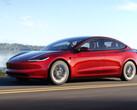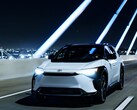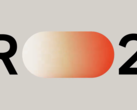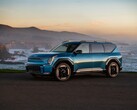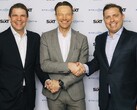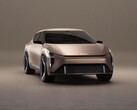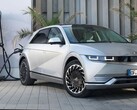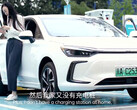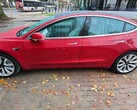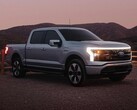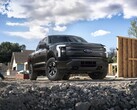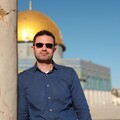While Ford is going through the motions to ensure that its LFP battery factory partnership with China's CATL qualifies for federal subsidies, Tesla may have found a way to ensure it will do the same and yet limit regulatory scrutiny. Ford wants to circumvent the subsidy restrictions over Chinese batteries in the Inflation Reduction Act by retaining ownership of the joint venture with CATL in Michigan and simply license the cheaper LFP technology and manufacturing know-how from the Chinese.
Tesla also wants to take advantage of the unique LFP manufacturing prowess of the world's largest battery maker, but it is careful not to involve CATL in any other way, shape, or form than simply purchasing equipment from it. It plans to build a facility in Sparks, near its Nevada Gigafactory, and start outputting 10GWh of annual LFP battery capacity next year, initially for its Megapack energy storage business that is currently growing faster than the automotive one.
Tesla is going to great lengths to make sure that it only buys idle LFP cell equipment from CATL and let its engineers install it, then supply the raw materials from federally approved sources and operate the Sparks facility on its own. This scheme might pass regulatory muster better than Ford's licensing and equipment operation deals, more so since Tesla is currently constructing a big lithium refinery on the Gulf Coast that should become operational this year. Thus, both the raw material sourcing and battery assembly requirements in the Inflation Reduction Act will be met despite using CATL's machinery, so that Tesla could qualify for the full federal tax credit amount.
The credit covers 10% of production costs for critical materials, in addition to the 10% for active electrode materials, while the White House nets $35/kWh of subsidy for cells and extra $10/kWh for finished battery packs. At the 10 GWh planned capacity of the new Nevada facility, Tesla could be making a decent chunk of change from the government's largesse. It also remains to be seen if the Sparks facility will be Tesla's pilot project in a quest to bring LFP battery production to US soil.
After all, these cells power its bestselling vehicles and the growing Megapack business, so any compliance with the federal tax credit requirements will allow it to subsidize their production and cut manufacturing costs significantly. Tesla's first mass market vehicle - the Model 2 - will also be powered by LFP batteries, and Elon Musk envisions that this one will sell in the millions.


 Deutsch
Deutsch English
English Español
Español Français
Français Italiano
Italiano Nederlands
Nederlands Polski
Polski Português
Português Русский
Русский Türkçe
Türkçe Svenska
Svenska Chinese
Chinese Magyar
Magyar